
Remembrance Day Activities for KS1 and KS2
Remembrance Day is an important day for children to learn about. If you’re looking for ways to commemorate Remembrance Day in your classroom, check out our Remembrance Day activities for KS1 and KS2.
What is Remembrance Day?
Remembrance Day is commemorated on 11th November every year, to mark the day World War I ended. On the 11th of November in 1918, the armistice was signed. The armistice formally marked the end of the war. Many countries hold a two-minute silence at 11 am on the 11th day of the 11th month to mark this.
It can be challenging, particularly for very young children, to understand what we’re remembering on Remembrance Day in an age-appropriate way. You can set the context by asking children if they have ever done anything they had to do, that they didn’t want to do. Discuss this for a while, encouraging children to share their experiences.
Explain that more than 100 years ago, the biggest war that the world had ever seen began. This was World War 1. Millions of soldiers had to fight for their country to make sure that their country and their families were safe. Many of these soldiers died. It is these soldiers we remember on Remembrance Day, as well as soldiers from other wars, like World War 2. Most didn’t want to go to war but they did because they wanted to fight for what they believed was right. This is called a sacrifice. We remember them to say thank you for what they did.
Spend some time discussing this with your class. Ensure they understand that it wasn’t just trained soldiers who went to war, but ordinary men and fathers.
Teachers: if you’re looking for more in-depth lesson planning on this, check out our Remembrance Day (KS1) History lessons, or our World War 1 or World War 2 (KS2) schemes of work.
Remembrance Day Art
There are lots of poppy crafts you can do with your class. Here are some of our favourite ideas:
KS1 Poppy Craft Ideas:
- Poppy bottle prints. Give the children an empty plastic bottle and some red paint. Children dip the bottom of the bottle into the paint and print it onto a piece of paper. Do this to create a circle of poppies to make a poppy wreath. Children can paint the black centre of each poppy once their circle is complete.

- Poppy stone art. Find several large, flat stones and give one to each child. Children to paint a poppy or poppy field scene onto their stones. Once dry, arrange these in the classroom or outside in the playground to create a memorial garden.
- Poppy fingerprints. Create a class poppy field using finger painting. Give children small squares of paper, around 8cm2. On each square, children use their forefinger dipped in red paint to create five red poppy petals. They then use their thumb dipped in black paint to make the centre of the poppy. Once all the poppies are dry, cut them out and arrange them to make a poppy display.
- Poppy weaving. Give children red paper to cut into poppy shapes and black paper for the centre. When the poppy has been assembled use hole punches to make holes around the circumference of the flower. Give the children red wool to weave in the holes. You can repurpose this poppy template or let the children freestyle their designs.
KS2 Poppy Craft Ideas
- Felt poppies. Ask children to cut out four or five petal shapes in red felt. Arrange the petals into a poppy shape and pin together. Stick together in the centre with black embroidery thread make the centre of the poppy. Cut out two pieces of green felt in leaf shapes and sew to the back of the poppy. They can then sew or attach a safety pin to the back to create a poppy brooch. Download the free template here.

- Pipe cleaner poppies. Provide children with pipe cleaners and red beads. Children thread the beads onto each pipe cleaner, twisting the ends of each one to make a petal shape. Once they have four or five bead petals, bind them together with a piece of black string or ribbon to make a poppy.

- Stained-glass poppy artwork. Challenge children to create a digital poppy picture or scene using art software. Once finished, print these out onto sheets of acetate. Frame with black paper or card and hang them in the window to create stained-glass poppy scenes.
Raise Money
One of the most important aspects of Remembrance Day is raising money for charities that support soldiers, veterans and their families, such as the British Legion who typically raise around £50 million a year through their poppy campaign.
Why not challenge your class to make poppies or other items to sell, hold a bake sale or do a sponsored activity to contribute to this important cause?
Remembrance Day Poetry
There are lots of engaging ways to embed Remembrance Day poetry into your English lessons.
KS1 Remembrance Day Poetry:
- Study the famous paragraph from ‘For the Fallen’ by Robert Laurence Binyon:

- Line by line, explore the meaning of the poem. Ask children to look for examples of rhyming words, explore the number of syllables, and ask them to explain how it makes them feel.
- Challenge children to each memorise a line of the poem in groups of four, then practise and perform this section of the poem in their group.
KS2 Remembrance Day Poetry:
- Study ‘In Flanders Fields’ with your class. You can find a free copy of the poem here.
- Read the poem to the children and discus how it makes them feel.
- Identify unfamiliar words (such as lark, scarce, quarrel, foe and ye). Challenge children to use a dictionary to identify the definitions of these words, then write a new sentence for each word.
- Focus on the first stanza of the poem. What do you see in your mind’s eye when you read this poem? Challenge children to draw or paint a picture to reflect what they see when they read this verse.
- Read the whole poem and identify the rhyming structure of the poem. Which lines rhyme with each other? Does the pattern change throughout the poem? Challenge children to write their own World War 1 poem using the same rhyming structure as ‘In Flanders Fields’.
- Look at the final stanza of the poem in more detail. What is it saying? What is the author suggesting? How could you use this stanza to explain why Remembrance Day is so important?

Make a War Memorial
Most towns and cities in the UK have a war memorial to commemorate those from the local area who have lost their lives in battle. Arranging a visit to a local war memorial is a great Remembrance Day activity and a chance for children to gain an understanding of how war affects people and communities.

Spend some time looking at different examples of war memorials, noting common features, symbols and epitaphs. Then, challenge children to design and make their own war memorial using clay.
Make Anzac Biscuits
Remembrance Day isn’t just commemorated in the UK. Countries such as Canada, Australia, France, Belgium and the Cayman Islands also dedicate a national day to remember those who fought for their countries.
In Australia and New Zealand, ANZAC (Australian and New Zealand Army Corps) biscuits are traditionally baked and eaten on Remembrance Day. Anzac biscuits were sent to soldiers fighting overseas during World War 1. This was because the biscuits did not go stale quickly. Today, these biscuits are eaten as an act of remembrance.

Check out this easy Anzac biscuit recipe to try them out with your class.
Visit a War Museum
Visiting museums can offer rich learning experiences that are almost impossible to replicate in the classroom. The UK is home to many war museums that can engage children in military history and offer them a deeper understanding of the sacrifices made by the armed forces since the First World War.
Arranging a trip to the Imperial War Museum London, the IWM North, Churchill War Rooms or any of the many other war museums is a great way to put the world wars into context for your class.
Invite a Veteran
Inviting a war veteran to come and talk to your class about their experiences can be an invaluable Remembrance Day activity for your class. It may be unlikely that you will be able to get a WW1 or WW2 veteran to relay information about their experiences during these wars, but having a member of the armed forces today coming in to explain what their job entails and the sacrifices they have to be prepared to make will help your class understand more fully the sacrifices made by fallen soldiers.
Prepare children beforehand for this visit by challenging them to think of all the questions they might want to ask this visitor, then get them to whittle the list down to their favourite two or three questions. As a class, you can collate these so you have a list of interesting questions ready to ask before your special visitor arrives.

Featured collection
-
Castles KS1
Original price £12.99 - Original price £12.99Original price£12.99 - £12.99£12.99 - £12.99Current price £12.99Download a fully-planned and ready-to-teach Castles KS1 History scheme of work to help your Year 1 or Year 2 children get excited about castles! Th...
View full details -
The Rainforest Biome
Original price £10.00 - Original price £10.00Original price£10.00 - £10.00£10.00 - £10.00Current price £10.00Take a trek into the depths of the jungle with these Rainforest Biome KS2 Geography lessons as your Year 3 or Year 4 children explore the geography...
View full details -
Stone Age to Iron Age
Original price £15.49 - Original price £15.49Original price£15.49 - £15.49£15.49 - £15.49Current price £15.49This Stone Age to Iron Age Year 3 and Year 4 History scheme of work will take your KS2 class on a fascinating journey as they explore prehistoric B...
View full details -
World War 2 Upper KS2
Original price £15.49 - Original price £15.49Original price£15.49 - £15.49£15.49 - £15.49Current price £15.49This thoughtfully planned series of seven lessons will transport your children back to the time of WW2. Children will form a chronologically secure...
View full details -
World War 2 Lower KS2
Original price £15.49 - Original price £15.49Original price£15.49 - £15.49£15.49 - £15.49Current price £15.49This thoughtfully planned series of seven lessons will transport your children back to the time of WW2. Children will form a chronologically secure...
View full details

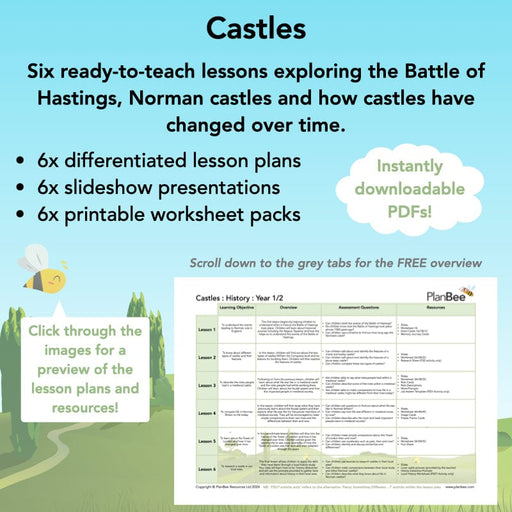
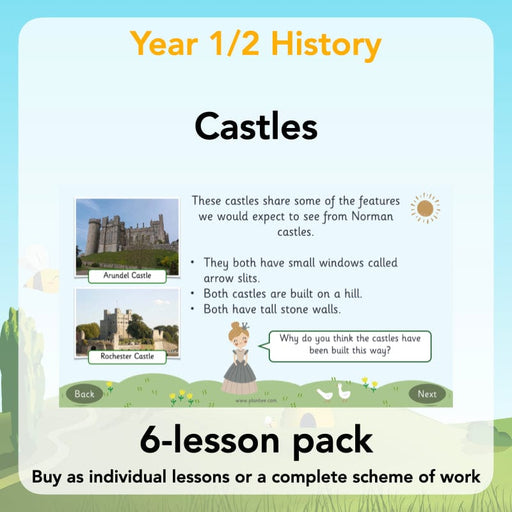
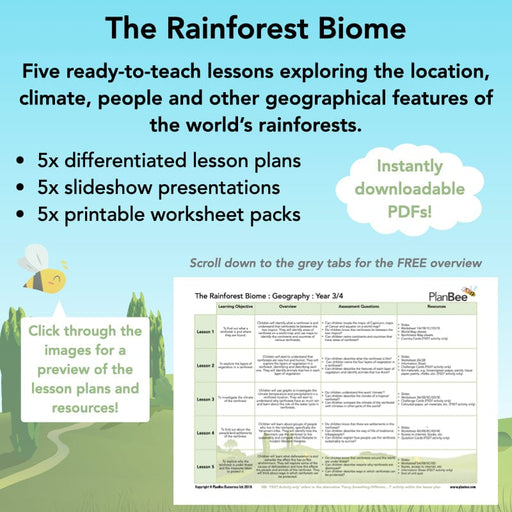
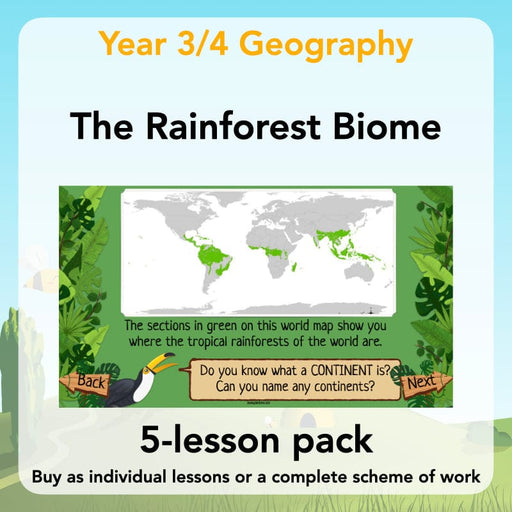
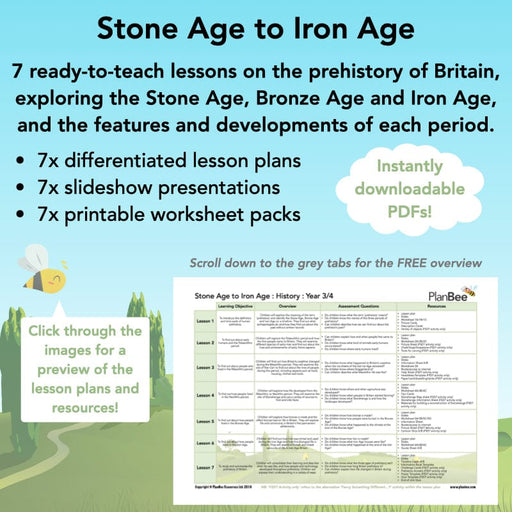
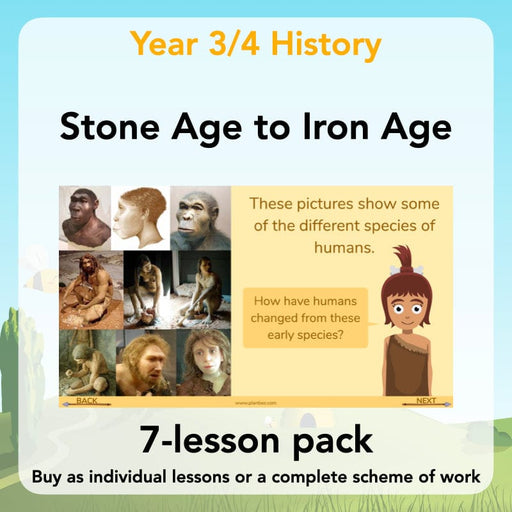
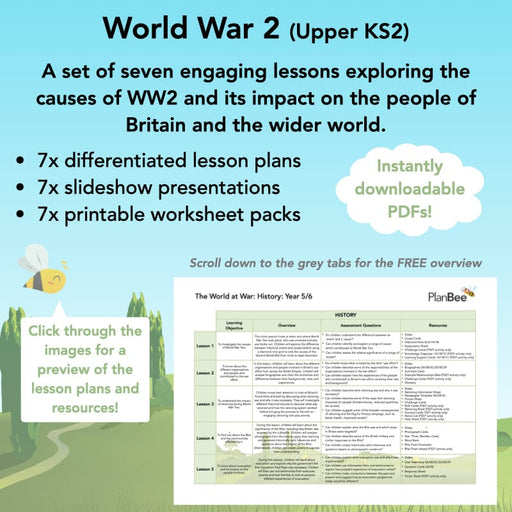
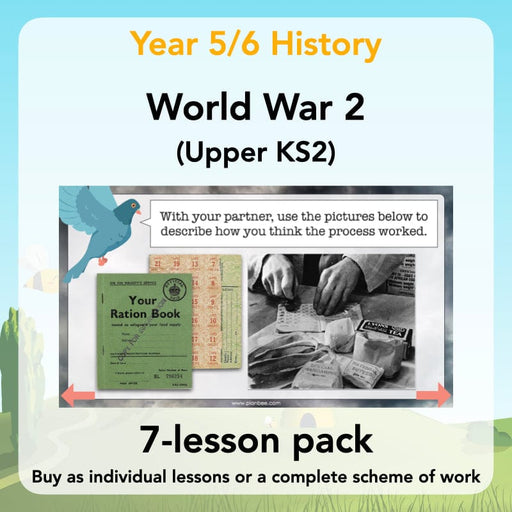


Leave a comment